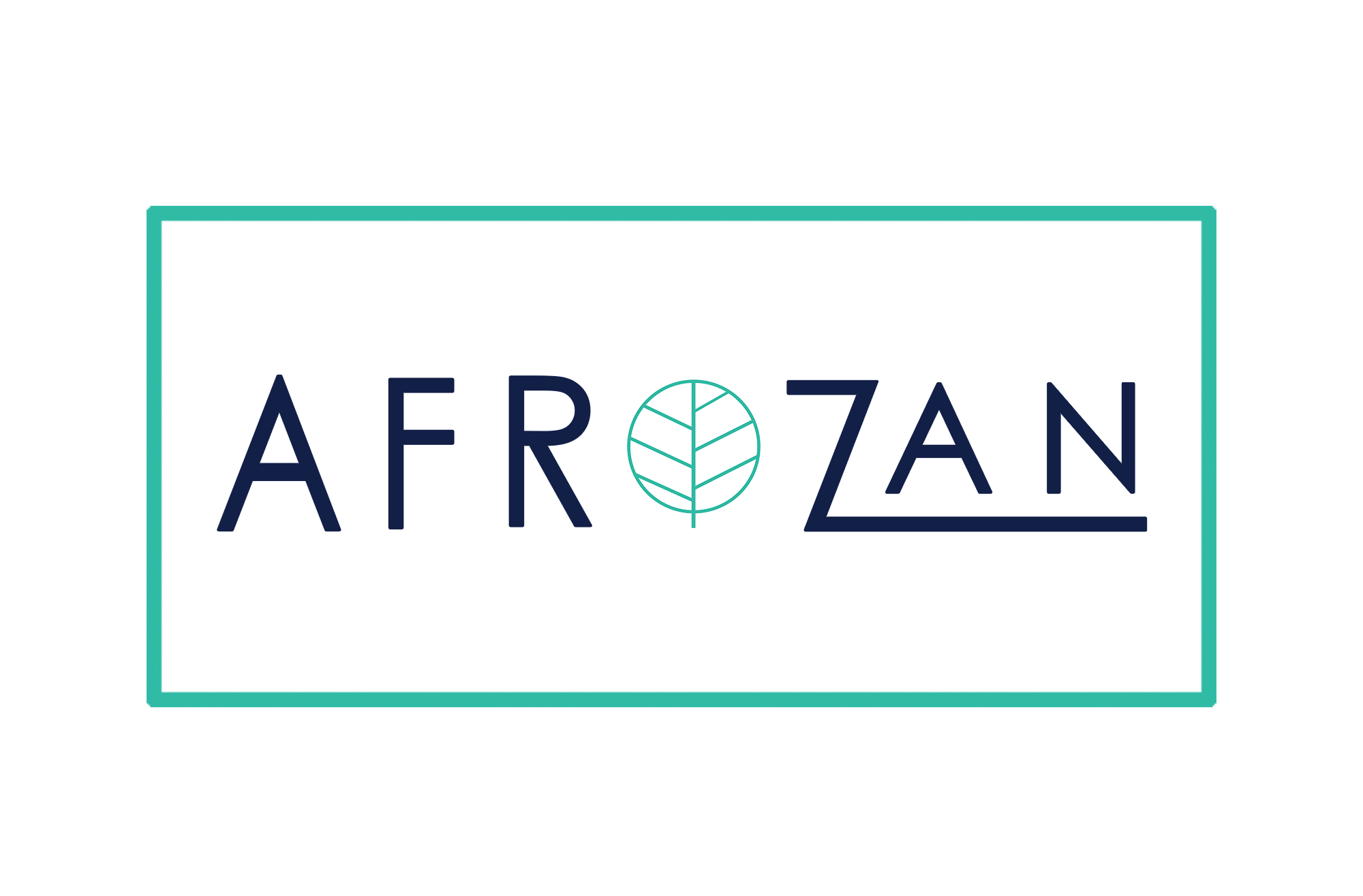Referring to the previous blog post, as we know one of the criteria of luxury brands for performing of circular design is the right selection of the sustainable materials.
In this blog post we refer to some of the aspects that most of the luxury brands put in attention for taking the right decision for selection process of the materials.
The selection of sustainable materials is a key aspect of incorporating circular design principles into the production processes of luxury brands.
Here's a more detailed explanation of how luxury brands approach the use of sustainable materials:
Material Sourcing:
- Luxury brands often aim to source materials from suppliers that adhere to sustainable and ethical practices. This includes selecting materials with lower environmental impacts, such as organic cotton, recycled polyester, or sustainably harvested wood.
- One of the solutions for the calculation of environmental impacts of the materials would be implementation of the Environmental Management System (EMS) and then tracking all of the carbon footprints for the materials.ISO14001 would be the standard to use for this point.
Certifications and Standards:
- Luxury brands may choose materials that have recognized certifications or adhere to specific environmental standards. For example, they might opt for fabrics certified by organizations like the Global Organic Textile Standard (GOTS) or materials meeting the standards set by the Forest Stewardship Council (FSC) for responsible wood sourcing.
Note : you can see the list of these certifications in our previous blog post.
Recycled and Upcycled Materials:
- Luxury brands increasingly incorporate recycled materials into their products. This can involve using recycled fibers for textiles, repurposing vintage fabrics, or upcycling materials from previous collections. This not only reduces the demand for new raw materials but also minimizes waste.
Innovative Materials:
- Luxury brands invest in research and development to discover and use innovative, sustainable materials. This might include materials derived from agricultural by-products, lab-grown leather, or alternative materials that have a lower environmental impact compared to traditional options.
- We can nominate some of these materials as following :
Recycled Polyester:
Polyester is a widely used material in the fashion industry, and recycled polyester is created by processing post-consumer PET plastic bottles. This helps reduce the demand for new petroleum-based polyester production and diverts plastic waste from landfills.
Organic Cotton:
Organic cotton is grown without the use of synthetic pesticides and fertilizers, promoting soil health and reducing environmental impact. It supports circularity by providing a more sustainable alternative to conventional cotton.
Tencel (Lyocell):
Tencel is a fiber made from wood pulp, often sourced from sustainably managed forests. The production process is more environmentally friendly than traditional rayon, and the closed-loop process used in Tencel production minimizes chemical waste.
Piñatex (Pineapple Leather):
Piñatex is a sustainable alternative to leather made from pineapple leaf fibers. It provides a cruelty-free and eco-friendly option for fashion items traditionally made from animal leather.
Mushroom Leather (Mycelium):
Mycelium, the root structure of fungi, can be used to create a leather-like material. Brands are experimenting with mycelium-based materials as a biodegradable alternative to traditional leather.
Recycled Nylon:
Similar to recycled polyester, recycled nylon is produced by processing post-consumer nylon waste, such as discarded fishing nets. This helps reduce the environmental impact of nylon production and marine pollution.
Vegea:
Vegea is a material made from grape marc, the byproduct of the wine-making industry. It is used to create leather-like textiles, providing a circular solution by utilizing agricultural waste.
Bolt Threads (Microsilk):
Bolt Threads produces Microsilk, a protein-based material inspired by spider silk. It is a sustainable alternative to traditional silk and offers similar properties without the environmental concerns associated with conventional silk production.
Qmonos (Synthetic Spider Silk):
Qmonos is a synthetic spider silk developed through bioengineering processes. It mimics the properties of natural spider silk and can be used in the fashion industry as a sustainable and cruelty-free alternative.
Upcycled Fabrics:
Some brands are incorporating upcycled materials into their designs, repurposing existing textiles or clothing to create new garments. This supports the idea of extending the lifecycle of materials.
Closed-Loop Cellulosic Fibers:
Fibers like Refibra™ by Lenzing are produced in a closed-loop process using wood pulp from sustainably managed forests and recycled cotton scraps. This approach minimizes environmental impact and supports circularity.
Transparency and Traceability:
- Luxury brands often prioritize transparency in their supply chains, providing information about the origin and production of materials. This transparency helps build trust with consumers and demonstrates a commitment to responsible sourcing.
Local Sourcing:
- Opting for locally sourced materials reduces the carbon footprint associated with transportation. Luxury brands may collaborate with local artisans or suppliers to ensure the use of materials that are both sustainable and supportive of local communities.
Durable and Long-lasting Materials:
- Luxury brands focus on selecting materials that are durable and of high quality. By creating products that withstand the test of time, they promote a longer lifespan for their items, reducing the need for frequent replacements and contributing to a circular economy.
Waste Reduction:
- Luxury brands strive to minimize waste in the production process. This includes using cutting techniques that optimize material usage, repurposing production scraps, and finding creative ways to utilize leftover materials in subsequent collections.
Lifecycle Assessment:
- Luxury brands may conduct lifecycle assessments to evaluate the environmental impact of their products from raw material extraction to disposal. This analysis helps identify areas for improvement and guides decisions on material selection.
- Even for this criteria we can refer to the ISO14001 as the reference point for Lifecycle assessment of the materials and products.
Incorporating sustainable materials into luxury products is a multifaceted approach that involves strategic partnerships, innovation, and a commitment to responsible and ethical practices throughout the supply chain. As sustainability becomes an increasingly important consideration for consumers, luxury brands are recognizing the value of integrating circular design principles into their business models.


